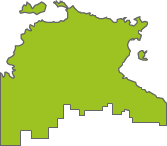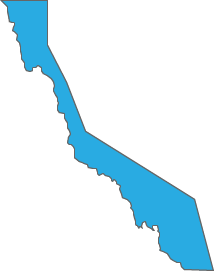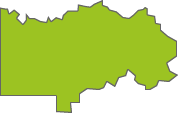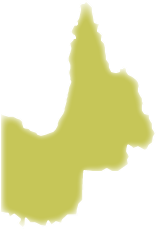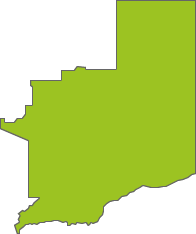Top species richness
Announcements
Hello NatureMaprs,We are desperate for testers. This is call for anyone who'd like to be involved in testing our 4.4.0 mobile update. We need as many testers as possible to ensure the application runs...
Continue reading
Exciting mobile app updates under way
Future of NatureMapr survey results and update
Application Testing: Update 4.4.0
Discussion
Petroica boodang
Excerpt from above paper:
The presence of Tetramesa can be rapidly assessed by characteristic emergence holes located above the 1st and 2nd tiller nodes. To date, only one Tetramesa species is known from Australia, namely Tetramesa australiensis.
It is possible that several Australian native Eragrostis species may be at risk of attack by this Tetramesa sp. Field surveys of the native Eragrostis species that are closely related to E. curvula should be conducted across Australia to determine how widespread the wasp is and if it is impacting native Eragrostis populations. The Tetramesa sp. is also likely to be providing benefits in Australia by damaging the invasive alien populations of E. curvula. These impacts need to be quantified…
Tetramesa sp. (genus)
Petroica boodang
Hednota pedionoma PS1 (BOLD)
Significant sightings
- Telala musiva
- Keyacris scurra
- Gentianella muelleriana subsp. jingerensis at Namadgi National Park
- Gentianella muelleriana subsp. jingerensis at Namadgi National Park
- Bipalium kewense at Berry, NSW
- Engaeus cymus at Lower Cotter Catchment
- Spiloscapha thallioides
- Ooperipatus costatus at Towrang, NSW
- Rhodamnia rubescens at Currowan State Forest
- Blechnum cartilagineum at Mount Taylor
Latest identifications
Hednota pedionoma PS1 (BOLD) at WendyM's farm at Freshwater Ck.
Dasygaster padockina at WendyM's farm at Freshwater Ck.
Dasygaster padockina at WendyM's farm at Freshwater Ck.
Dasygaster padockina at WendyM's farm at Freshwater Ck.
Leucania uda at WendyM's farm at Freshwater Ck.
Phalacrocorax sulcirostris at Penrose
Poliocephalus poliocephalus at Moss Vale
Struthidea cinerea at Silverton, NSW
Malacorhynchus membranaceus at Wingecarribee Local Government Area
Top contributors
- AlisonMilton 12.3K
- trevorpreston 12.2K
- michaelb 10.2K
- Tapirlord 9.4K
- RodDeb 9.1K
- Mike 8.3K
- KylieWaldon 6.1K
- kasiaaus 6.1K
- jb2602 6K
- MatthewFrawley 5.5K
Top moderators
- MichaelMulvaney 42.2K
- Tapirlord 21.8K
- natureguy 15.1K
- donhe 12.4K
- michaelb 11.5K
- Liam.m 11.3K
- ibaird 10.7K
- KimPullen 7.9K
- MatthewFrawley 5.8K
- AlisonMilton 5.3K
Explore Australia by region
Australian Capital Territory
Canberra & Southern TablelandsNew South Wales
Albury, WodongaCanberra & Southern Tablelands
Central West NSW
Far West New South Wales
Greater Sydney
Hunter Region
New England
New South Wales North Coast
Riverina Murray
South Coast
Southern Highlands
Northern Territory
Central and BarkleyTop End and Big Rivers


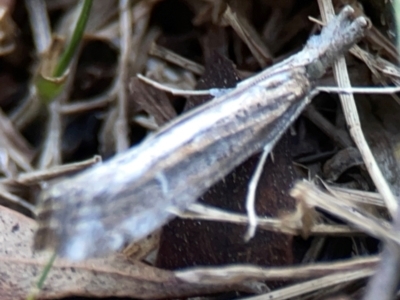







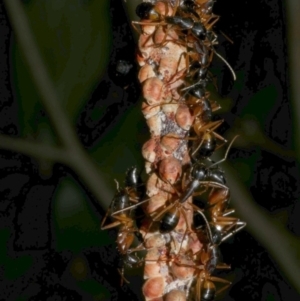
































































![Unidentified Cap on a stem; gills below cap [mushrooms or mushroom-like] at suppressed by Petesteamer Unidentified Cap on a stem; gills below cap [mushrooms or mushroom-like] at suppressed by Petesteamer](https://api.naturemapr.org/api/sightings/4568297/images/1?width=300&height=300)


























































